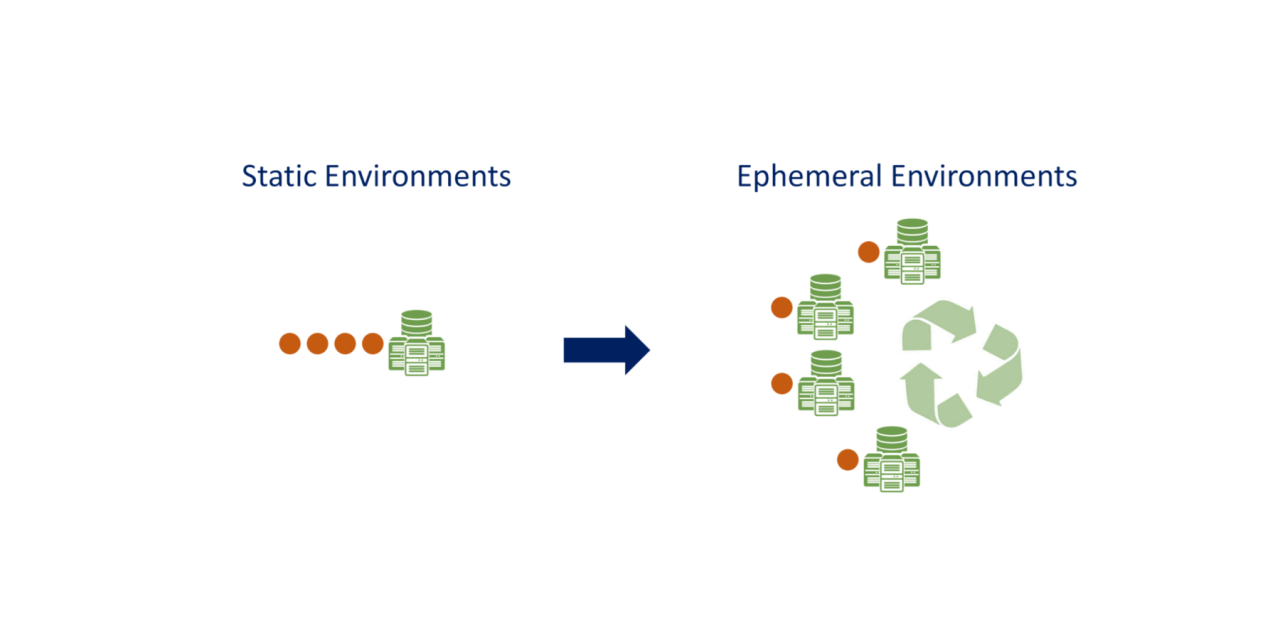By: Mark Lewis, SVP Sales and Marketing
Better proactivity and real agility – these are just a few advantages to start with – the ultimate potential is quite vast.
DevOps is a paradigm shift in the software landscape. It has redefined how we design software, look at it, and build it. Bringing development and operations on the same page is a giant leap. It allows for rapid development, in-built agility, and user-centric advantages. Top-performing DevOps teams have manifested as crucial contributors to year-over-year revenue growth of 25 percent or more (as seen from reports like the one from EMA). But it is not devoid of challenges.
APM – A real partner for DevOps
APM, or Application Performance Monitoring, has been a critical element of software life cycles for many years. It helps keep track of important performance metrics like response time, production-level performance, error rates, speed, uptime, and bottlenecks. That is significant. Especially when 70 percent of organizations are stuck with disconnected manual troubleshooting processes as the single biggest bottleneck in their continuous delivery pipeline. EMA research pointed out that APM solutions can substantially mitigate the challenges generated by high rates of production change. According to DevOps Research and Assessment (DORA) report, ‘2019 Accelerate State of DevOps’, 57 percent of elite teams integrate with production monitoring and observability tools.
Why and how does it help to shift APM a little left? Let’s dive into it.
Shift-left APM
Shifting it towards the early stages and development side can change APM into a significant enabler of rapid but solid development. It can uncover dependencies and actual issues early on, thus helping the teams to correct bottlenecks at the right place. The whole scenario changes from a reactive stance to a proactive stance. The sheer act of measuring performance in a solution-centric way is a profound change – which allows for faster resolution of hiccups and leads to better application performance and stability.
Developers can get a production-level view into the way code works and where it can falter. This also reduces the burden on resources and saves precious time that is spent in troubleshooting. It helps to find errors even in distributed areas or where cloud and virtualized environments are dominant. This is done through better diagnostic data, which is made visible at the right time. Other aspects like centralized logging, code tracing, and request tracking are significant parts of APM, but they would get amplified strongly if the APM jumps in at the right spot in the entire stage.
The final impact on SLAs and software quality is also quite pronounced as developers now get more time for creative thinking and innovation. They are not supposed to run for abrupt production issues, thanks to APM’s active and timely role in a shift-left scenario. This also helps the organization focus on metrics that are ultimately relevant in the end-user experience and, hence, significant from a revenue and profitability angle. It is now helping you with the capability to find problem areas way ahead of any chance of the customer spotting them. And all that is made possible with a lightweight production support set-up. No extra burden or resources needed.
It’s a minor change, but it is compelling. And the emergence of a flurry of tools, REST APIs, and analytics have made APM stronger and contextual for a unique role and posture.
DORA’s report underlines that elite software teams have proven these advantages in real numbers – they execute 208 times as many code deployments, they maintain lead times, from commit to deploy, that is 106 times faster; they also report change failure rates that are seven times lower, and they recover from change failures 2,604 times more quickly.
What you get are applications that are more responsive, more adaptive, and more in tune with actual user needs. These are applications tailor-made for the digital world, and it is a world that cannot be postponed any longer.



